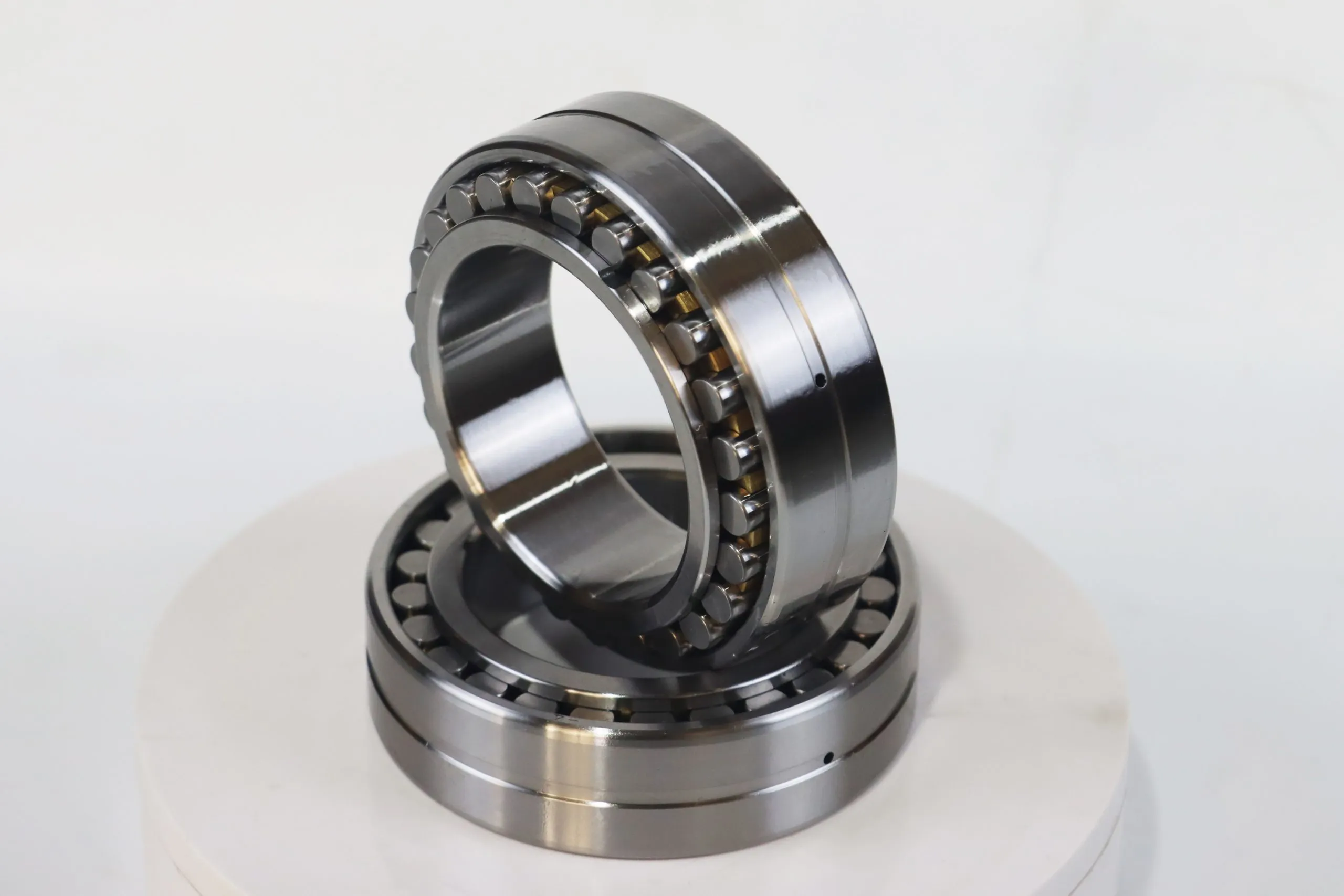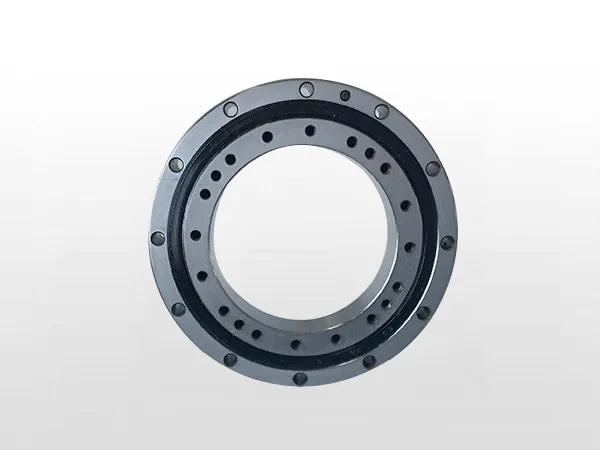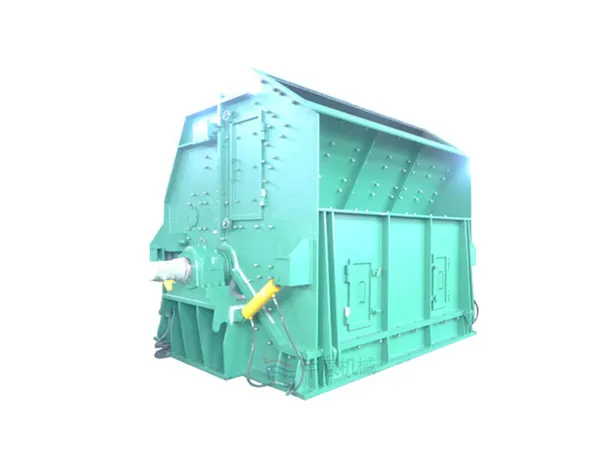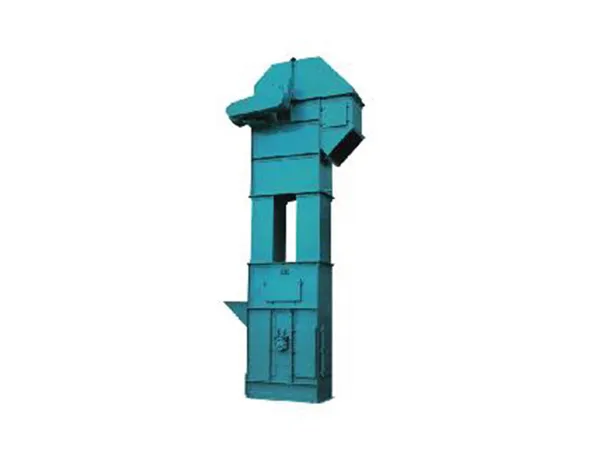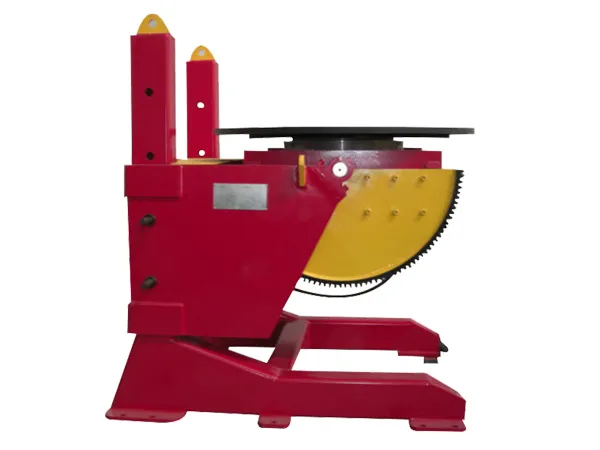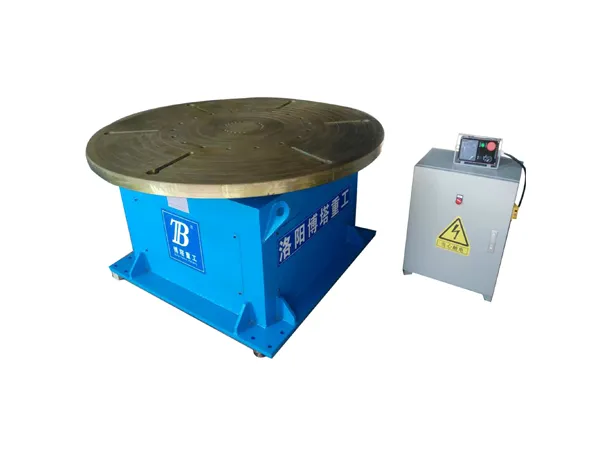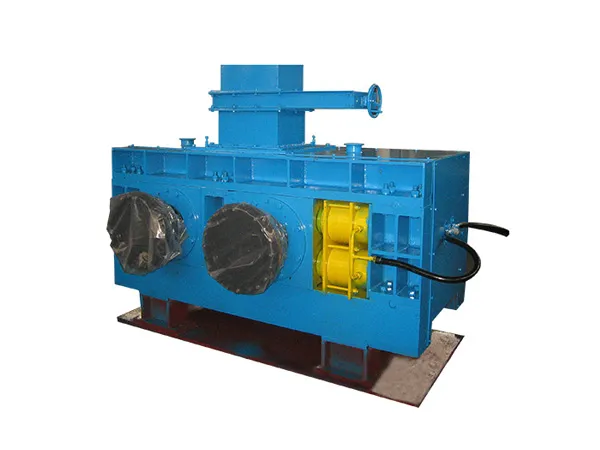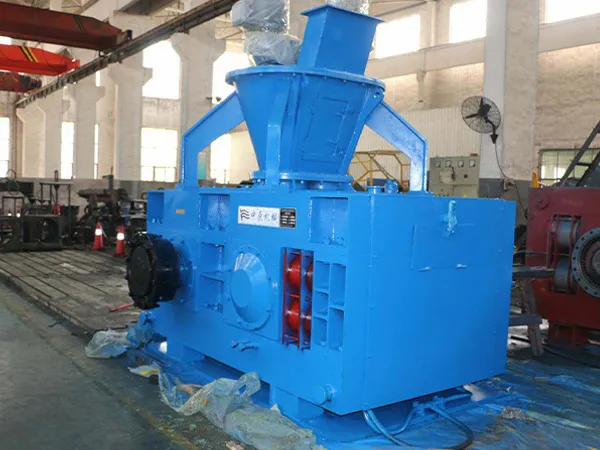What are the advantages of static shelves systems
A static shelving system refers to a stationary shelving arrangement where the shelves are fixed in place and do not move or adjust. This type of shelving system is commonly used in various settings such as warehouses, retail stores, offices, libraries, and homes.
Static shelving systems advantages
Fixed Configuration: Static shelving systems have a fixed configuration, meaning that the shelves are permanently attached to the framework or support structure. Unlike adjustable shelving systems where shelves can be repositioned or customized, static shelving typically offers a set number of shelves at predetermined heights.
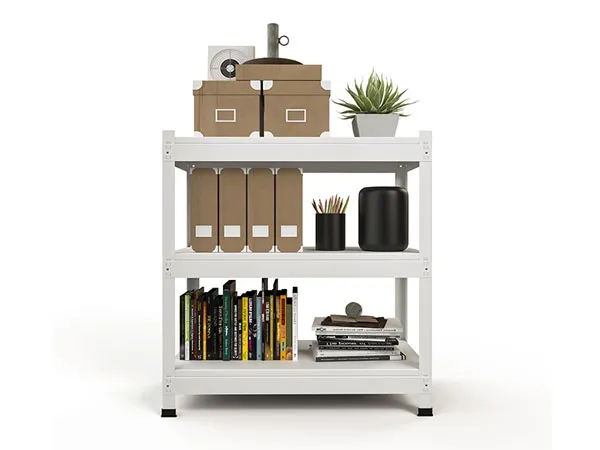
Stability and Durability: Static shelving systems are designed to provide stability and durability to support the weight of stored items. They are typically constructed from materials such as steel, wood, or heavy-duty plastic to ensure strength and resilience.
Ease of Installation: Static shelving systems are relatively easy to install compared to more complex shelving systems with moving parts. They often come with straightforward assembly instructions and require minimal tools for setup.
Space Utilization: While static shelving systems do not offer the flexibility of adjustable shelves, they can still effectively utilize available space, especially in environments where a fixed configuration meets the storage needs of the items being stored.
Variety of Designs and Configurations: Despite their fixed nature, static shelving systems come in various designs and configurations to suit different storage requirements and aesthetic preferences. This includes options such as open shelving, closed shelving with doors, modular shelving units, and more.
…
For more detailed information about the advantages of static racking systems, click here: https://www.etegreen.com/en/a/news/advantages-of-static-shelves-systems.html

